Step into Francesca Woodman and Julia Margaret Cameron's dreamy photographs in London
'Portraits to Dream In' is currently on show at London's National Portrait Gallery
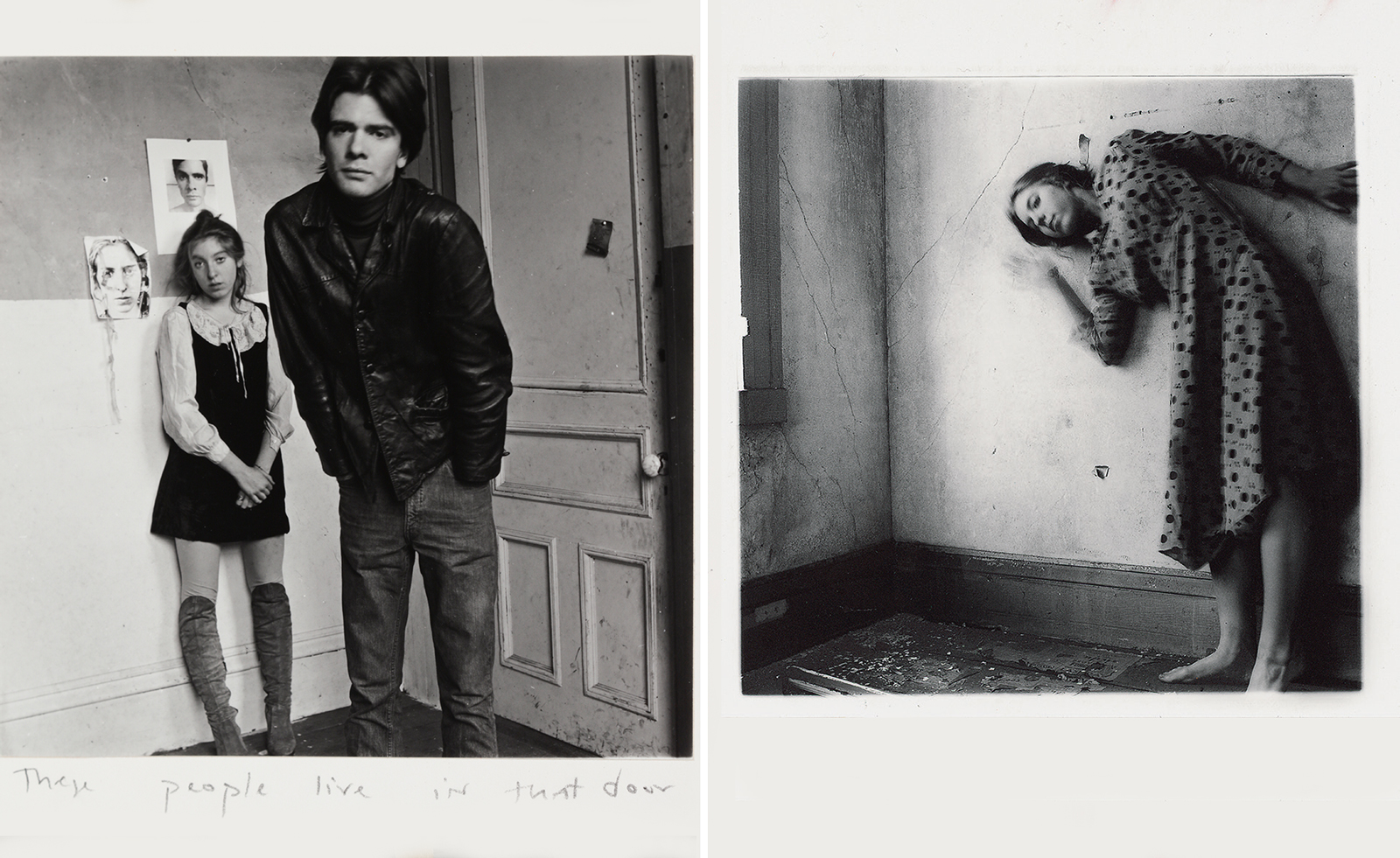
For those familiar with the work of Francesca Woodman and Julia Margaret Cameron, it’s not immediately obvious why the National Portrait Gallery has brought these two photographers together. Woodman's art emerged during the rise of second-wave feminism and Post-Minimalism, her images haunted by the influence of contemporaries like Ana Mendieta and Deborah Turbeville. Cameron’s work, meanwhile, is distinctly Victorian. The soft focus of her photographs evokes a heavily Christian, English sensibility of feminine beauty; her female sitters often idealised as wives and mothers. Spanning a century and continents apart, there is no direct lineage between Cameron and Woodman’s photo-making – at least, not one Woodman ever directly references.
Despite these disparities, 'Portraits to Dream In' boldly argues for a radical reassessment of each woman's work. It’s Woodman from whom the show derives its title – photographs should be 'places for the viewer to dream in,' she declares. Eschewing biographical and historicist tradition, it’s precisely this dreamlike quality to their photos that curator Magdalene Keaney uses to connect their photographs; ethereal, spectral, lyrical.
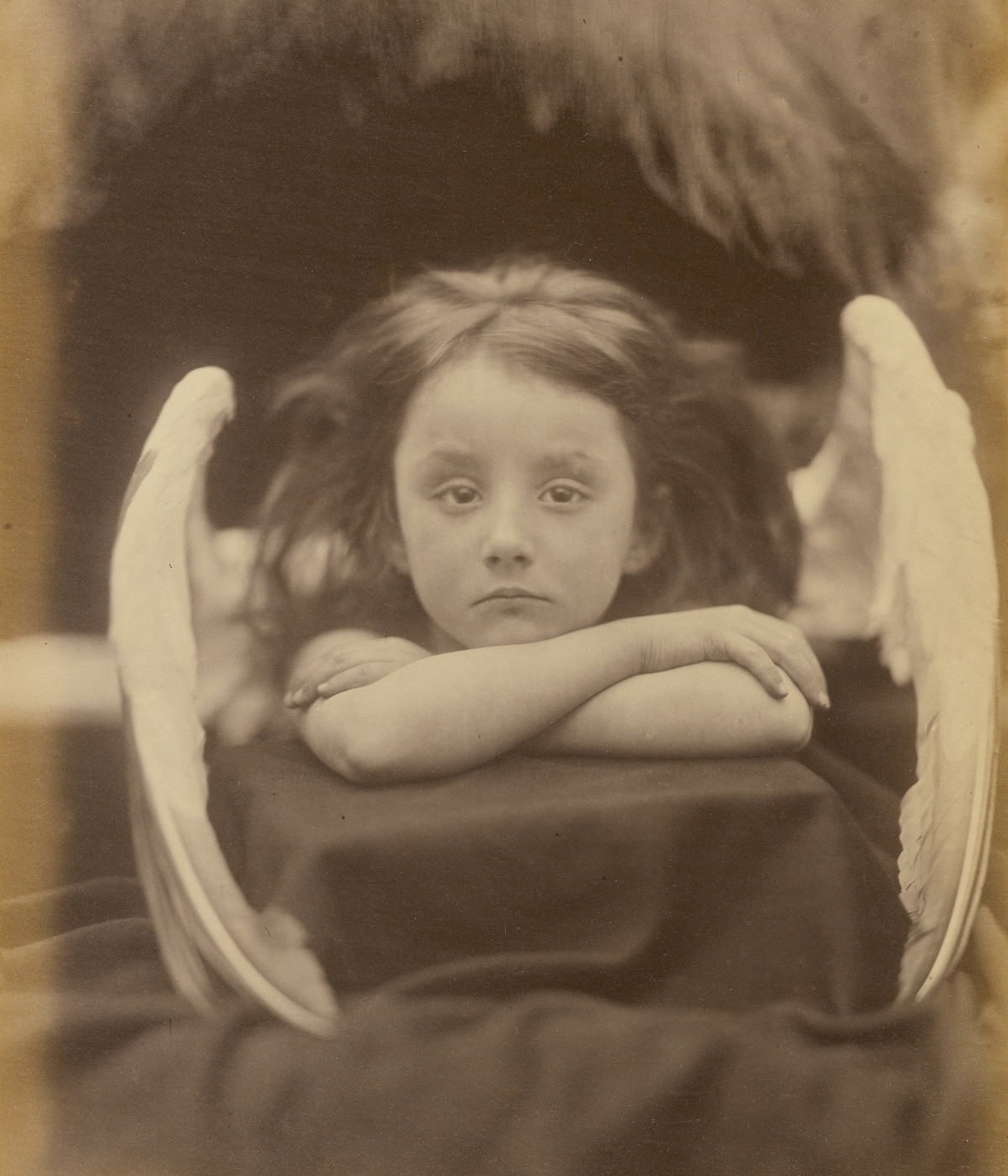
I Wait (Rachel Gurney) by Julia Margaret Cameron, 1872. The J. Paul Getty Museum, Los Angeles
Both Cameron and Woodman imbue their images with allusions to saints and Christianity. Cameron's sepia portraiture is laden with Biblical symbolism; cherubs embracing, saints praying, and prophetesses wandering in cloaks. Her tableaus evoke a private, almost clandestine world inhabited solely by women. The gaze is distinctly female and introspective, akin to the Pre-Raphaelites but with a quieter presence. Woodman’s Angels series likewise feature prominently in the exhibition, perhaps the most striking of which (Untitled, c. 1977–78) shows a young woman suspended from a doorway as if she were being crucified, bathed in a burst of light.
Greek mythology is another significant influence in both women’s work. In her unusually large Caryatid series, Woodman’s women embody architectural elements reminiscent of temple support figures. Towering over two metres tall, these monumental diazotype prints of headless women, inspired by classical architectural sculptures, command attention in a room suffused with the pinkish hues of twilight. This departure in scale and arresting presence contrasts sharply with Cameron's draped figures in Teachings from the Elgin Marbles (1867), almost diminished by comparison.
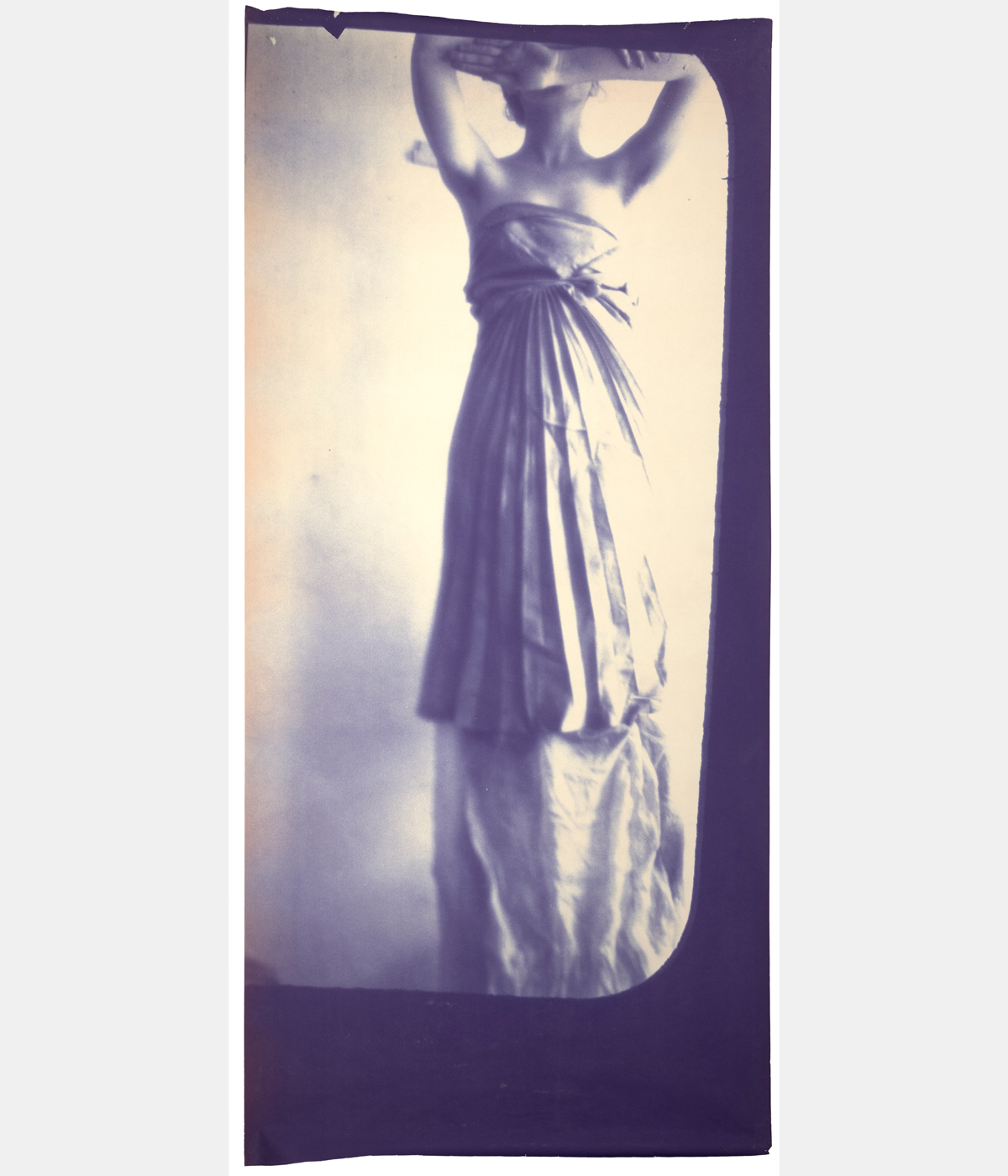
Untitled, from the Caryatid series by Francesca Woodman, 1980. Courtesy Woodman Family Foundation / DACS, London
One of the most stark differences in Cameron and Woodman’s photos are their subjects. Notoriously, Cameron’s sitters included Robert Browning, Alice Liddell, Henry Taylor, Alfred Lord Tennyson, and Charles Darwin. Woodman, however, was often the subject of her own photos, which she used to convey self-revelation and theatricality, challenging the restrictions of her medium to instil imagery with narrative and allegorical elements. She was drawn to the symbolic nature of the female nude and the tranquillity of natural settings, often incorporating mirrors and vitrines to hint at metamorphosis and paradox within her compositions. As much as the medium-format cameras and gelatin silver prints she used to create her images, Woodman herself was an essential part of her artistic methodology.
While links between photos risk feeling tenuous, Keaney ultimately presents a new paradigm for creative dialogues across different eras, styles, subjects, and technical approaches. The result is something profoundly intriguing, if occasionally abstruse.
'Portraits to Dream In' is currently on show at London's National Portrait Gallery until 16 June 2024
Wallpaper* Newsletter
Receive our daily digest of inspiration, escapism and design stories from around the world direct to your inbox.
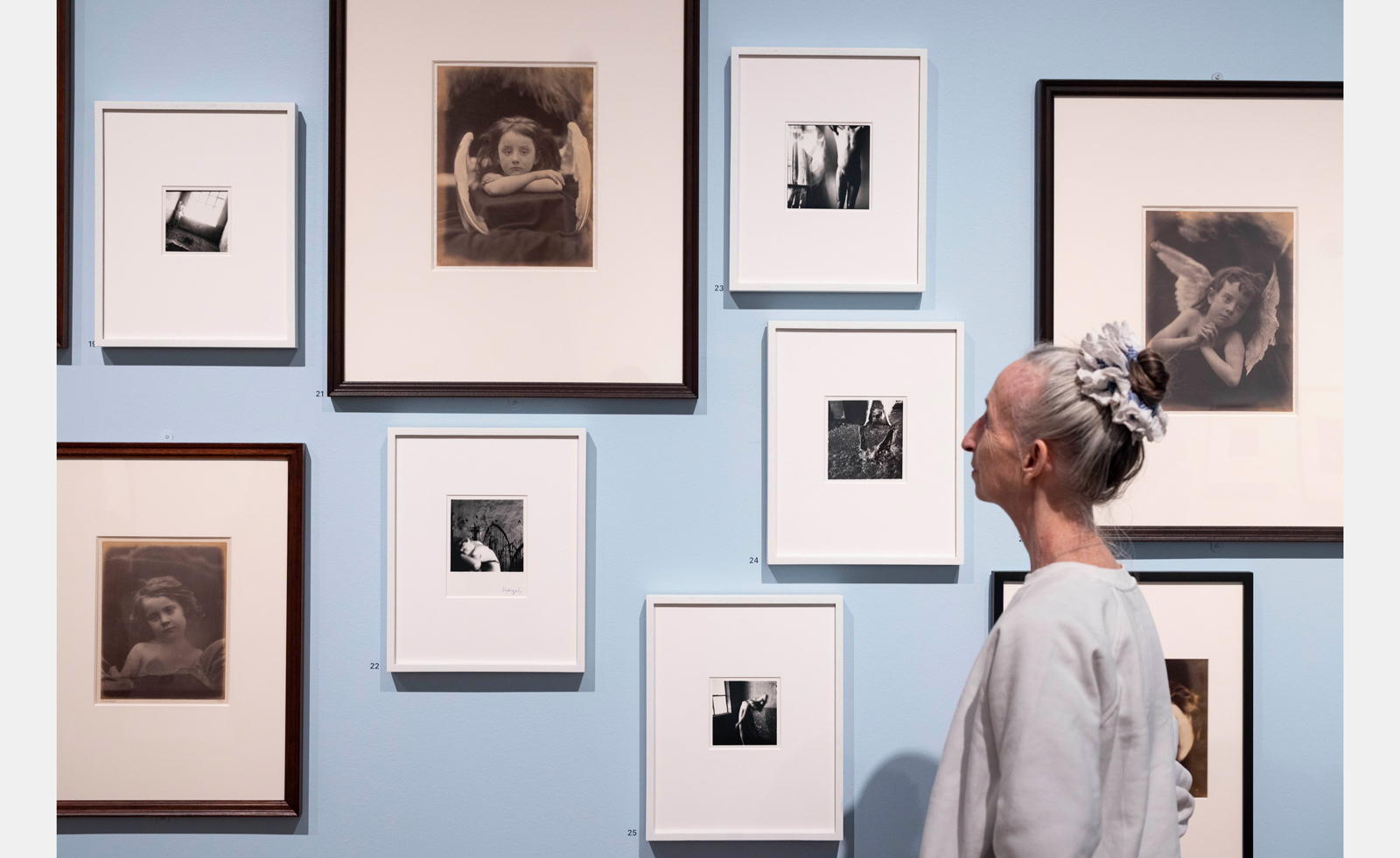
Installation view at the National Portrait Gallery. Photo: David Parry
Katie Tobin is a culture writer and a PhD candidate in English at the University in Durham. She is also a former lecturer in English and Philosophy.
-
 Extreme Cashmere reimagines retail with its new Amsterdam store: ‘You want to take your shoes off and stay’
Extreme Cashmere reimagines retail with its new Amsterdam store: ‘You want to take your shoes off and stay’Wallpaper* takes a tour of Extreme Cashmere’s new Amsterdam store, a space which reflects the label’s famed hospitality and unconventional approach to knitwear
By Jack Moss
-
 Titanium watches are strong, light and enduring: here are some of the best
Titanium watches are strong, light and enduring: here are some of the bestBrands including Bremont, Christopher Ward and Grand Seiko are exploring the possibilities of titanium watches
By Chris Hall
-
 Warp Records announces its first event in over a decade at the Barbican
Warp Records announces its first event in over a decade at the Barbican‘A Warp Happening,' landing 14 June, is guaranteed to be an epic day out
By Tianna Williams
-
 The UK AIDS Memorial Quilt will be shown at Tate Modern
The UK AIDS Memorial Quilt will be shown at Tate ModernThe 42-panel quilt, which commemorates those affected by HIV and AIDS, will be displayed in Tate Modern’s Turbine Hall in June 2025
By Anna Solomon
-
 ‘Humour is foundational’: artist Ella Kruglyanskaya on painting as a ‘highly questionable’ pursuit
‘Humour is foundational’: artist Ella Kruglyanskaya on painting as a ‘highly questionable’ pursuitElla Kruglyanskaya’s exhibition, ‘Shadows’ at Thomas Dane Gallery, is the first in a series of three this year, with openings in Basel and New York to follow
By Hannah Silver
-
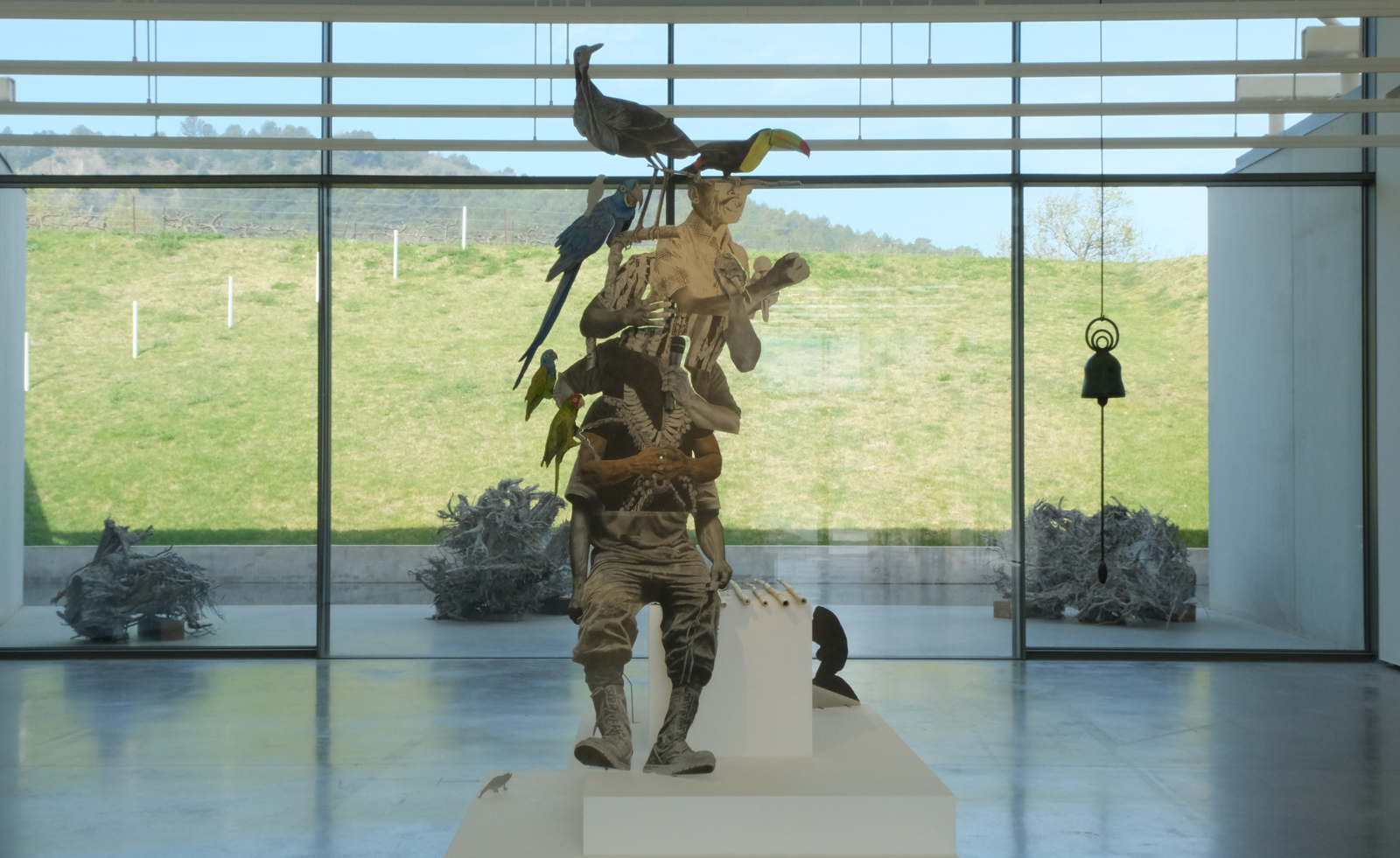 Contemporary artist collective Poush takes over Château La Coste
Contemporary artist collective Poush takes over Château La CosteMembers of Poush have created 160 works, set in and around the grounds of Château La Coste – the art, architecture and wine estate in Provence
By Amy Serafin
-
 Artist Qualeasha Wood explores the digital glitch to weave stories of the Black female experience
Artist Qualeasha Wood explores the digital glitch to weave stories of the Black female experienceIn ‘Malware’, her new London exhibition at Pippy Houldsworth Gallery, the American artist’s tapestries, tuftings and videos delve into the world of internet malfunction
By Hannah Silver
-
 Ed Atkins confronts death at Tate Britain
Ed Atkins confronts death at Tate BritainIn his new London exhibition, the artist prods at the limits of existence through digital and physical works, including a film starring Toby Jones
By Emily Steer
-
 Tom Wesselmann’s 'Up Close' and the anatomy of desire
Tom Wesselmann’s 'Up Close' and the anatomy of desireIn a new exhibition currently on show at Almine Rech in London, Tom Wesselmann challenges the limits of figurative painting
By Sam Moore
-
 A major Frida Kahlo exhibition is coming to the Tate Modern next year
A major Frida Kahlo exhibition is coming to the Tate Modern next yearTate’s 2026 programme includes 'Frida: The Making of an Icon', which will trace the professional and personal life of countercultural figurehead Frida Kahlo
By Anna Solomon
-
 A portrait of the artist: Sotheby’s puts Grayson Perry in the spotlight
A portrait of the artist: Sotheby’s puts Grayson Perry in the spotlightFor more than a decade, photographer Richard Ansett has made Grayson Perry his muse. Now Sotheby’s is staging a selling exhibition of their work
By Hannah Silver